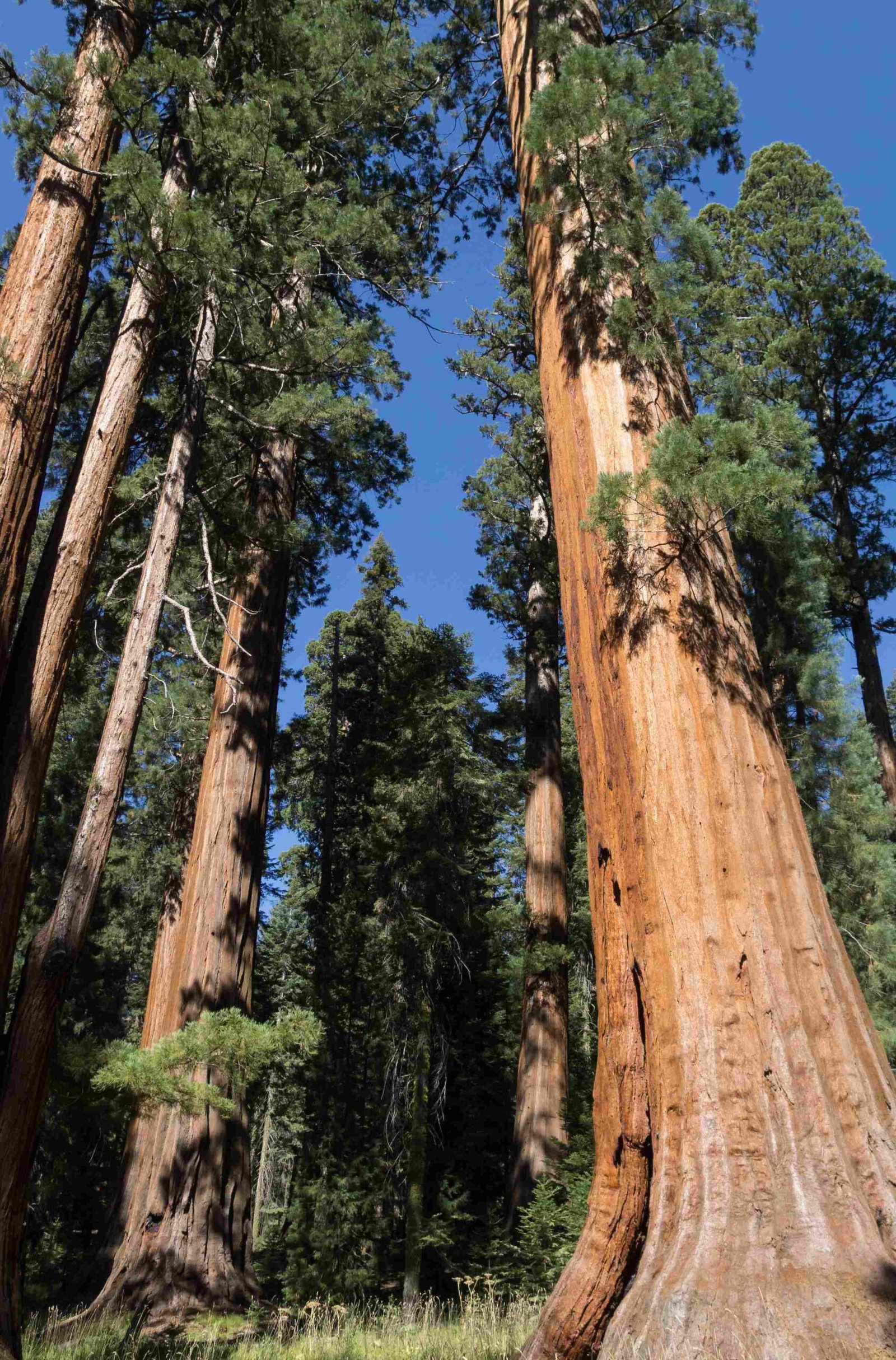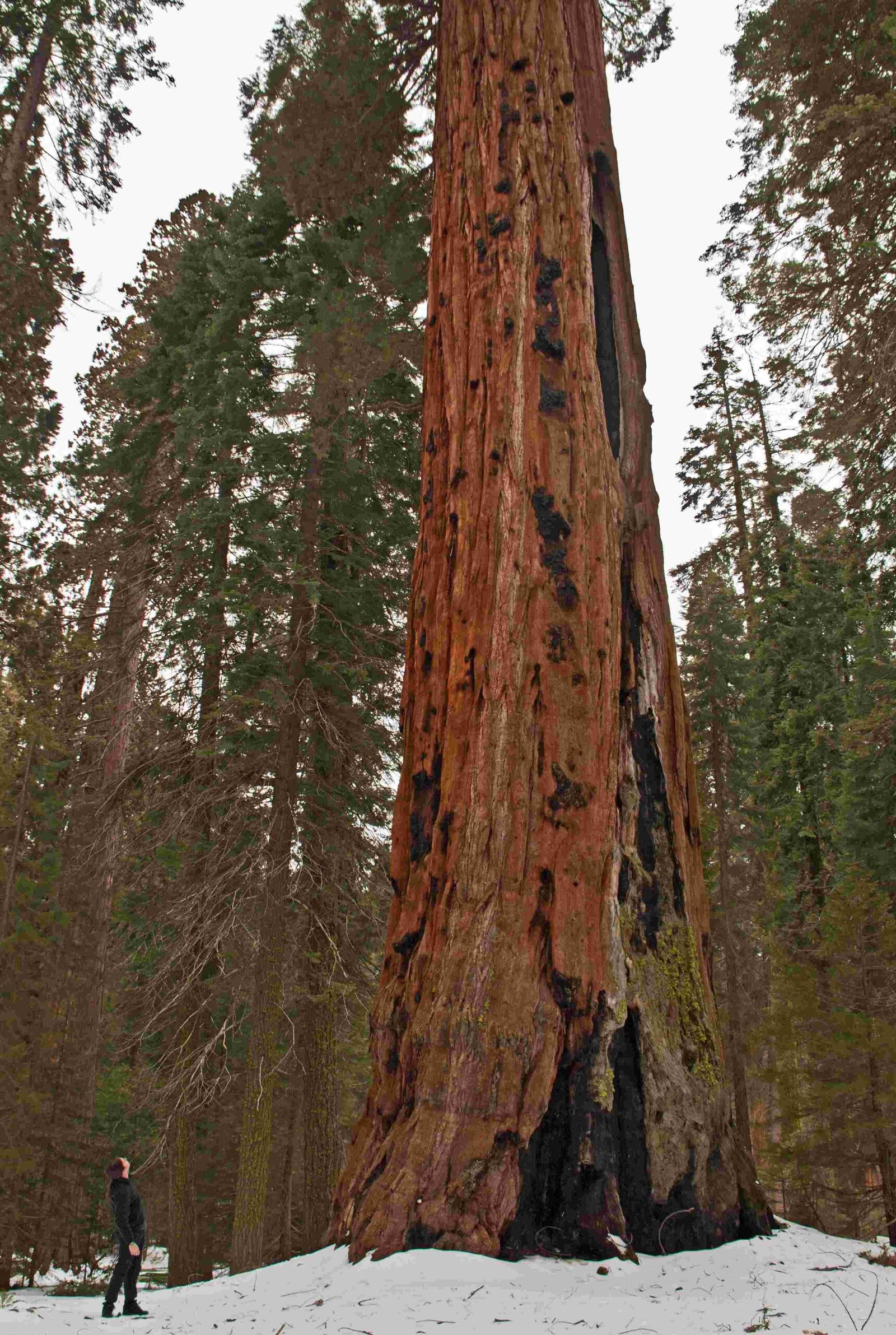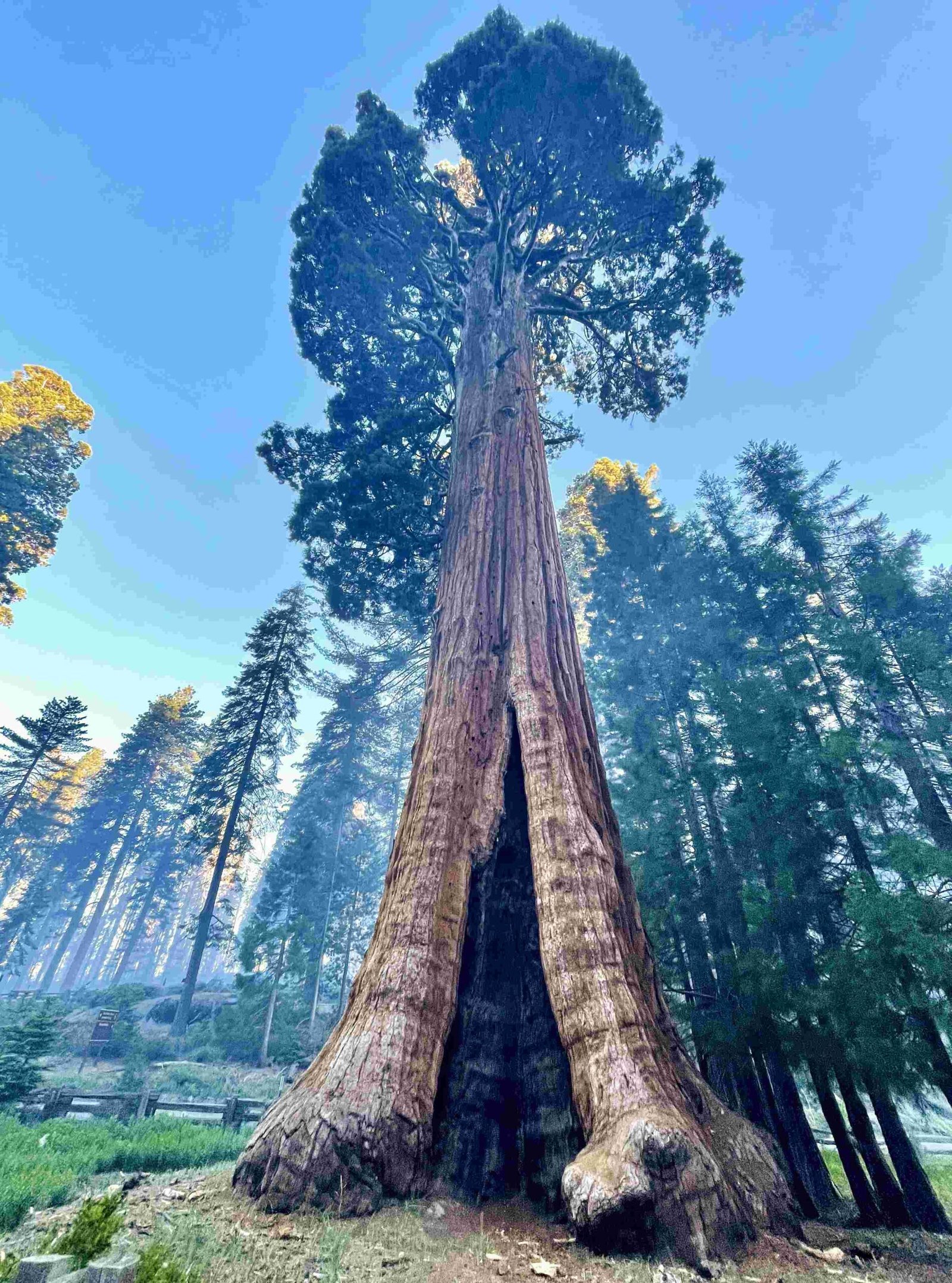Snow melt in Sequoia National Park typically begins in spring, with timing varying by elevation. Lower areas may be snow-free by April, while higher elevations can retain snow into summer. The sequoia groves often remain snowy until late spring. Exact snow melt dates depend on annual weather patterns, making it crucial to check current conditions before visiting. This article explores the factors affecting snow melt and provides insights for planning your visit to Sequoia National Park.
When Does Spring Begin in Sequoia National Park?

Spring in Sequoia National Park generally spans from April to mid-June. However, the onset of spring-like conditions varies significantly across the park’s diverse elevations:
- Foothills: Spring arrives earliest, often by April
- Sequoia Groves: May still have snow in early spring
- Higher Elevations: Can retain snow well into summer
How Do Temperatures Affect Snow Melt?

Temperature plays a crucial role in determining snow melt rates:
| Elevation | Spring Temperature Range | Snow Melt Rate |
|---|---|---|
| Foothills | 60°F – 80°F (16°C – 27°C) | Rapid |
| Sequoia Groves | 40°F – 60°F (4°C – 16°C) | Moderate |
| High Elevations | 30°F – 50°F (-1°C – 10°C) | Slow |
As temperatures rise, snow melts faster, but this process is not uniform across the park.
What Are the Key Factors Influencing Snow Melt?
Several factors contribute to the rate of snow melt in Sequoia National Park:
- Elevation
- Sun exposure
- Precipitation patterns
- Wind conditions
- Forest cover
Higher elevations and north-facing slopes tend to retain snow longer, while sunny, exposed areas melt faster.
How Does Snow Melt Affect Park Activities?
The snow melt process significantly impacts various park activities:
- Hiking: Trails become more accessible as snow melts, but may be muddy
- Camping: Lower elevation campgrounds open earlier in the season
- Wildlife Viewing: Animals become more active as snow recedes
- Wildflower Blooms: Follow the snow melt progression up the mountain
Visitors should always check current conditions and trail status before planning activities.
When Are Popular Trails Snow-Free?
Popular trails in Sequoia National Park become snow-free at different times:
- General Sherman Tree Trail:
- Usually accessible by late April to early May
-
May have patches of snow in shaded areas
-
Moro Rock Trail:
- Often clear by mid-May
-
Can be icy in early spring
-
Congress Trail:
- Typically snow-free by late May to early June
-
Higher sections may retain snow longer
-
High Sierra Trail:
- Lower sections clear by June
- Higher elevations may have snow into July or August
Always check with park rangers for the most up-to-date trail conditions.
How Does Snow Melt Impact Park Roads?
Snow melt affects park roads in several ways:
- Generals Highway: Usually fully open by late spring
- Mineral King Road: Typically opens in late May, depending on snow conditions
- Cedar Grove Road: Generally accessible by mid-April
Visitors should be prepared for potential road closures and carry tire chains early in the season.
What Precautions Should Visitors Take During Snow Melt Season?
During the snow melt season, visitors should:
- Check current conditions before visiting
- Be prepared for sudden weather changes
- Wear appropriate footwear for muddy or icy conditions
- Be cautious near swollen streams and rivers
- Carry extra layers of clothing
- Use sunscreen, as snow reflection can increase UV exposure
How Can Visitors Stay Informed About Snow Conditions?
To stay updated on snow conditions in Sequoia National Park:
- Visit the park’s official website
- Call the park’s information line
- Check social media updates
- Consult with park rangers at visitor centers
- Monitor weather forecasts for the area
What Unique Opportunities Does Snow Melt Season Offer?
The snow melt season in Sequoia National Park provides unique experiences:
- Spectacular waterfalls at peak flow
- Lush wildflower blooms following the snow line
- Opportunities to witness the transition of seasons
- Fewer crowds compared to peak summer months
- Chance to see wildlife emerging from winter habitats
How Does Climate Change Affect Snow Melt Patterns?
Climate change is impacting snow melt patterns in Sequoia National Park:
- Earlier onset of spring thaw
- Reduced snowpack in some years
- More variable weather patterns
- Potential shifts in plant and animal life cycles
Researchers continue to study these changes and their long-term effects on the park ecosystem.
In conclusion, the timing of snow melt in Sequoia National Park varies widely depending on elevation and annual weather patterns. While lower elevations may be snow-free by April, higher areas can retain snow well into summer. Visitors planning a trip to the park should always check current conditions and be prepared for a range of weather scenarios. By understanding the factors affecting snow melt, you can better plan your visit and fully appreciate the unique beauty of Sequoia National Park during this transitional season.
References:
1. Operating Hours & Seasons – Sequoia & Kings Canyon National Parks
2. Winter Activities – Sequoia & Kings Canyon National Parks
3. Current Conditions – Sequoia & Kings Canyon National Parks

